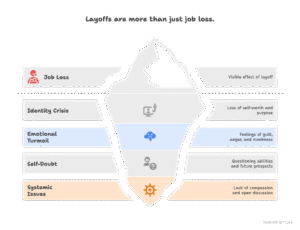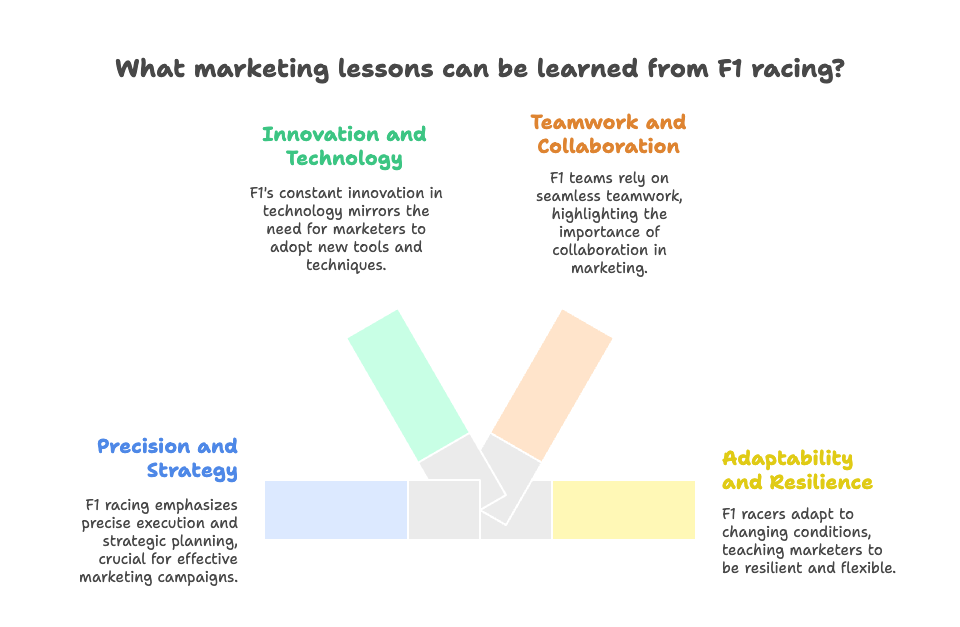
5 Things F1 Racing Has Taught Me About Marketing

I’m a hardcore Ferrari fan. Every race weekend teaches me lessons that go beyond the track — many of which apply beautifully to marketing. Being a Ferrari loyalist means I’ve spent countless weekends studying pit stops, overtakes, and tire strategies. Even though in recent years I’ve had to hold back my tears for being a Ferrari fan, but what F1 has really taught me is how to run precision marketing engines.
- Speed vs Precision
Yes, it’s fast-paced. But it’s calculated. That’s exactly what performance marketing should be — not rushed, but ruthlessly optimised and this comes from years of practice, continuous revisions and an relentless push towards becoming better, faster (just like how Redbull’s pit stops are). - Every Millisecond Counts
Whether you’re improving CTR, Traffic, Revenue or ROAS or shaving load time off a landing page, small tweaks can lead to podium finishes. - The Pit Crew Model
In a pitstop, each crew member has a distinct role — from the front left tire to the jack man. The coordination is flawless and spot on. Similarly, every channel in marketing — from social media to performance marketing channels to automation channels such as WhatsApp, to SEO — plays a unique role. When orchestrated right, the campaign ‘pit stop’ becomes a competitive advantage. - Team Sync > Lone Stars
F1 reminds me that even the best driver is nothing without the team. At work, I’ve felt this during big campaigns. A winning paid campaign only performs when backed by great creative, data, and the extended teams. - Adaptability
Changing track conditions = shifting user behaviour. Learning how to pivot quickly is a skill I’ve learned both from F1 — and the ever-changing dashboards.
Lessons:

Fast is good — but controlled fast is better. In marketing, we can push campaigns quickly, but it’s precision that delivers sustainable growth.

Micro-optimizations — from ad copy tweaks to improving landing page load times — often make the difference between good and great campaign performance.

F1 teams live by telemetry. In marketing, I’ve seen how granular data (not vanity metrics) transforms the marketing strategy.

A pit stop is a perfect example of team synergy. In marketing, getting content, design, tech, and analytics aligned leads to “fast pit stops” that drive results.

Race strategies change based on weather, tyre wear, competitors. Similarly, marketing plans must evolve dynamically in fast-changing markets.
Final Thoughts:
Marketing is an F1 race — precision, data, agility, and teamwork win over brute force.

